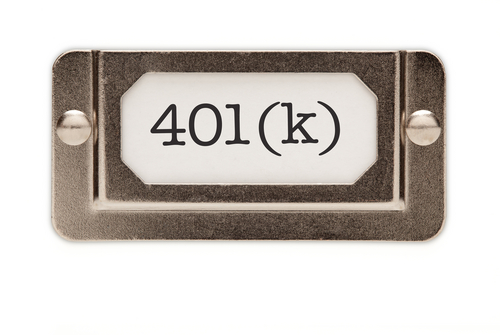Retirement saving rightfully gets a lot of press, since it affects all of us. One of the most widely talked about retirement vehicles is the 401(k) plan, in which employees can make tax-deferred contributions to plans administered through their employer. It’s become the default retirement savings scheme for most people, replacing pensions, and there are actually a lot of options out there when it comes to 401(k) administration. One option that has come up a lot in recent years is the opt-out 401(k) plan.
 |
What Is an Opt-Out 401(k) Plan?
An “opt out” plan is like any other 401(k) plan—the primary difference is in the administration and in employer automatic actions and responsibilities. With an opt-out policy, an employer automatically enrolls employees into the 401(k) plan and makes contributions out of their paycheck on their behalf, excluding only those who specifically opt-out of the program. This type of 401(k) administration is also sometimes called an “automatic 401(k)” or “automatic enrollment 401(k).”
This type of plan is meant to be beneficial for employees because it removes the inertia in getting a retirement account started. Getting started sometimes feels like half the battle.
It is at the employer’s discretion how to handle many of the details. For example:
- The employer can include an automatic escalation clause. This means the employee contribution level will automatically increase at set amounts each year. For example, a plan might include an initial contribution level of 3 percent of the employee’s salary, but increase by 1 percent each year for x years. Or the increase may continue until the maximum level is reached that the employer will provide matched contributions, or until it reaches the maximum amount that the employee can contribute by law.
- The employer can choose how much of an employer match to provide, if any. The employer can also opt (or not) to contribute to the plan (often at a percentage of the employee’s salary) even if the employee opts not to make their own contributions.
- Employers can choose whether to use the opt-out program only for new hires or for all employees not currently enrolled in the company’s 401(k).
Obviously, there must be clear communication about the plan and employees must acknowledge they understand they have the right to opt-out—otherwise, the employer would risk taking a wage deduction without permission. Employers that use automatic enrollment 401(k) plans have a responsibility to provide all plan information to all eligible employees and to understand their responsibilities in administration. The Department of Labor provides guidance.
Pros and Cons to Opt-Out 401(k) Plans Cons
Note: This article does not constitute legal advice. About Bridget Miller:
Bridget Miller is a business consultant with a specialized MBA in International Economics and Management, which provides a unique perspective on business challenges. She’s been working in the corporate world for over 15 years, with experience across multiple diverse departments including HR, sales, marketing, IT, commercial development, and training.
Pros

I work for a small, private, non-profit organization that offers a qualified 401K to eligible full-time employees. Employees elect whether or not to participate in writing at the start of their employment; of course, they are always allowed to start at any point as long as they remain an eligible employee. The question we are facing is: if an employee wants to opt-out temporarily and then opt-in again, how can we manage this if it becomes a routine request from the same employee? We don’t mandate participation, so we don’t feel we can deny the request to opt-out; but how many times can an employee see-saw between opting out and in before we can deny the request? Honestly, the burden of keeping it straight is becoming a strain on the payroll department.
The company I work for began open enrollment last week. The packet contained a form to decline 401k. This had only one option, the option to decline, and the box was prechecked. I didn’t return the form because, in my opinion, I don’t see a reason to decline something that wasn’t offered. Do you mind giving me your opinion on this issue?